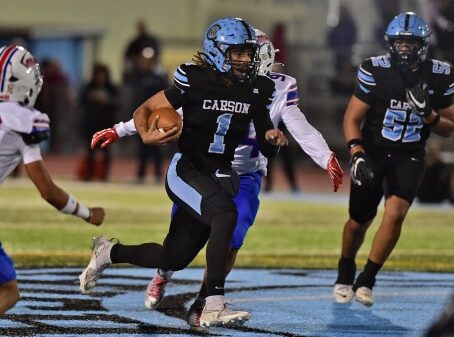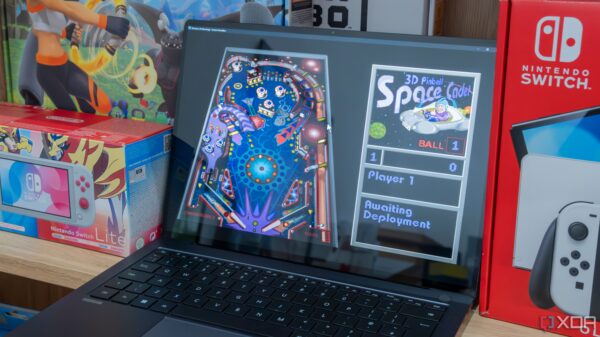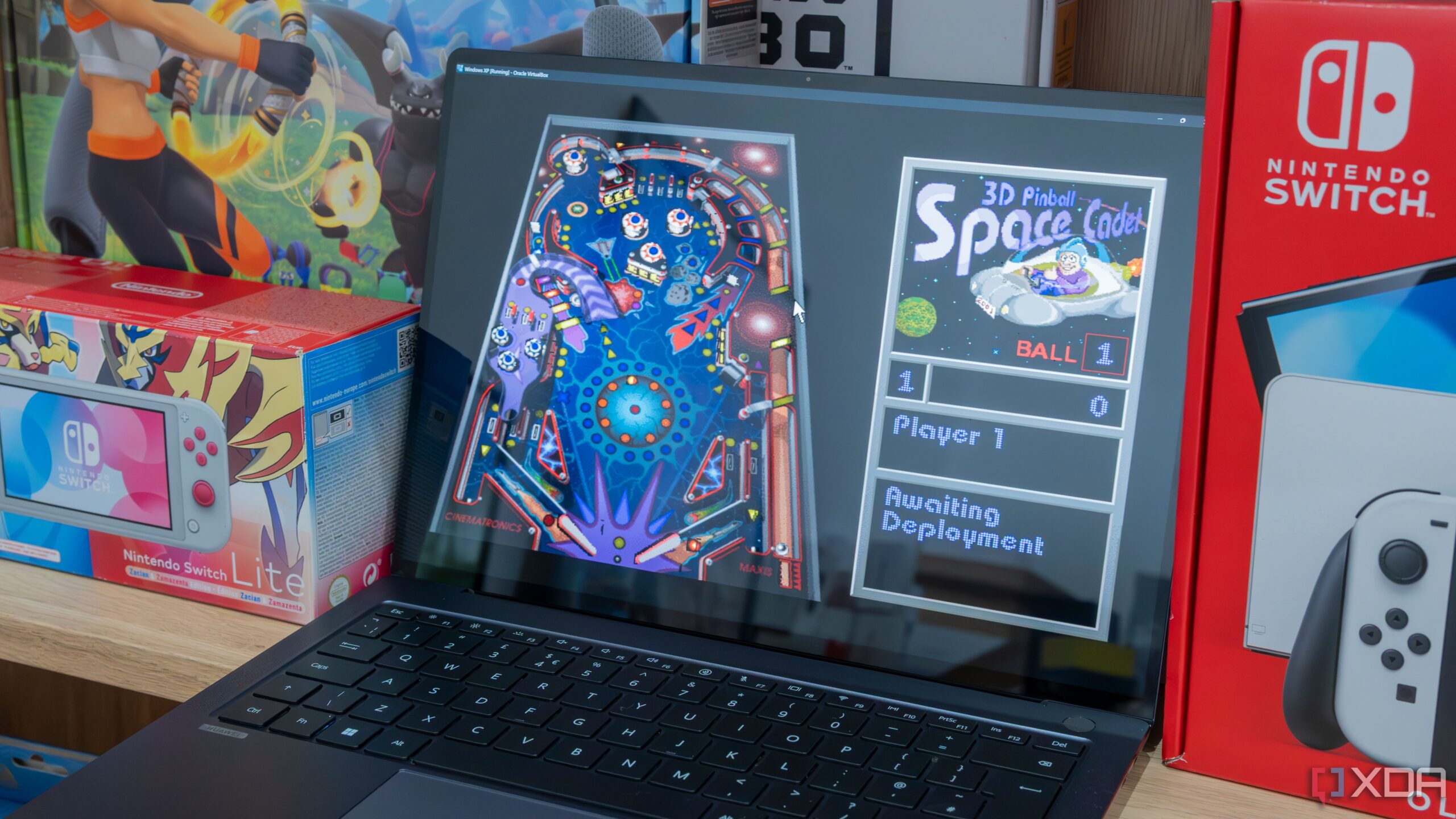The legacy of Windows XP continues to resonate with many users who fondly remember the operating system that defined a generation of computing. Launched in October 2001, XP not only delivered a user-friendly interface but also featured a variety of applications that enhanced the personal computing experience. As technology has evolved, the charm of some of these classic applications has faded, leaving behind a sense of nostalgia for their simplicity and functionality.
Beloved Applications of the XP Era
Among the most cherished applications from this period is Windows Movie Maker. This intuitive video editing software introduced countless users to the world of video production. Its straightforward drag-and-drop interface made it accessible to beginners. Many users recall using it to create videos from recorded gameplay, offering a gateway to more advanced editing software later on. Sadly, Microsoft discontinued the app, leaving a gap in the market for easy-to-use video editing tools.
Another iconic program from this era is Windows Media Player. This application peaked in popularity during the XP years, thanks to its clean interface and fast performance. Users appreciated features such as library organization and visualizations, which added a unique flair to the listening experience. The nostalgic memories of watching the “Battery” and “Alchemy” visualizations still linger for many who used the program.
Many users also fondly remember MSN Messenger, which served as a primary communication tool before the advent of modern messaging apps. With features like custom emoticons, status messages, and music-status integration, it allowed for a level of personalization that remains unmatched today. Its influence can be seen in various messaging platforms currently available, proving its lasting impact on digital communication.
Games and Music that Defined a Generation
One application that provided endless entertainment was Space Cadet Pinball. This built-in game became synonymous with the XP experience, offering a fun distraction that many users engaged with during study breaks. Despite its popularity, Microsoft has not developed a successor, leaving fans to rely on less engaging options in today’s Windows installations.
The music application Winamp also holds a special place in the hearts of XP users. Although not a Microsoft product, it became the go-to media player for many. Its lightweight, customizable interface, along with features such as classic skins and plugin support, made listening to music an engaging experience. Although the era of MP3 consumption has shifted, Winamp retains a dedicated following, reflecting its significance in music history.
Finally, Microsoft Plus!, a premium customization pack, introduced users to a range of themes, sound schemes, and wallpapers. It offered a level of personalization that has been largely absent from modern operating systems. Although Microsoft has moved away from this model, the charm of these add-ons is still remembered fondly by those who used them.
These applications, while not flawless, provided unique features that contributed to a generation’s computing experiences. They facilitated creativity, communication, and leisure in ways that many contemporary applications overlook. The simplicity and functionality of these programs remind users of a time when technology felt more personal.
As we look back on the era of Windows XP, it becomes clear that these applications played a significant role in shaping how millions engaged with technology. Their legacy continues to influence modern software design, underscoring the importance of user-friendly, functional applications. While these classic programs may never return, the nostalgia for them serves as a reminder of how software can enhance our daily lives.








































































